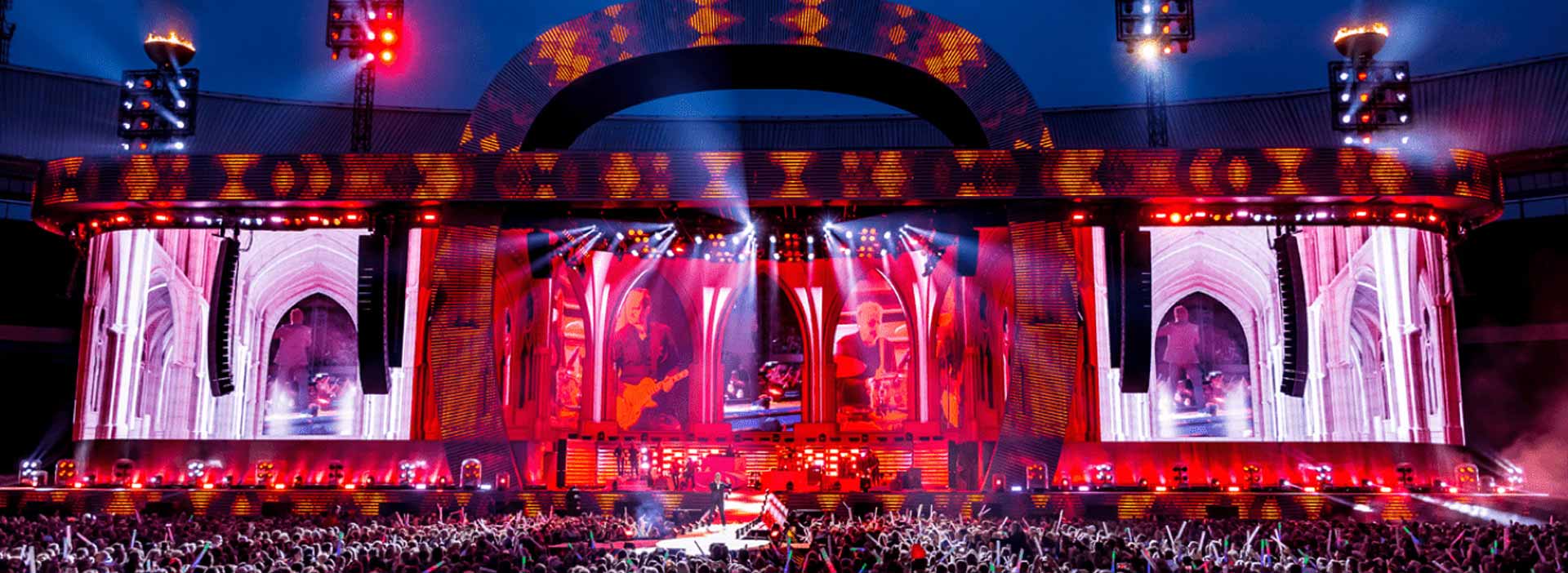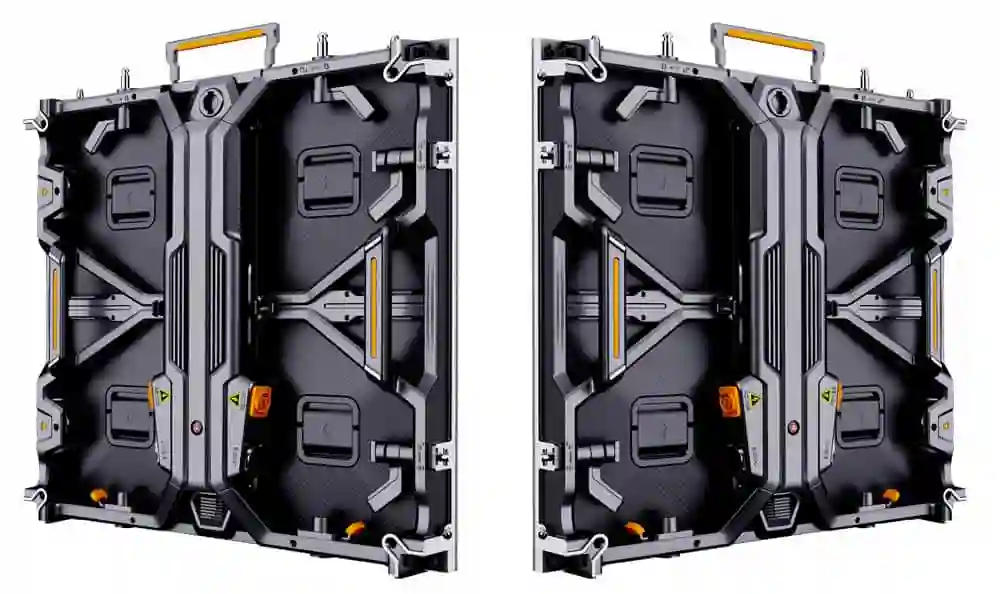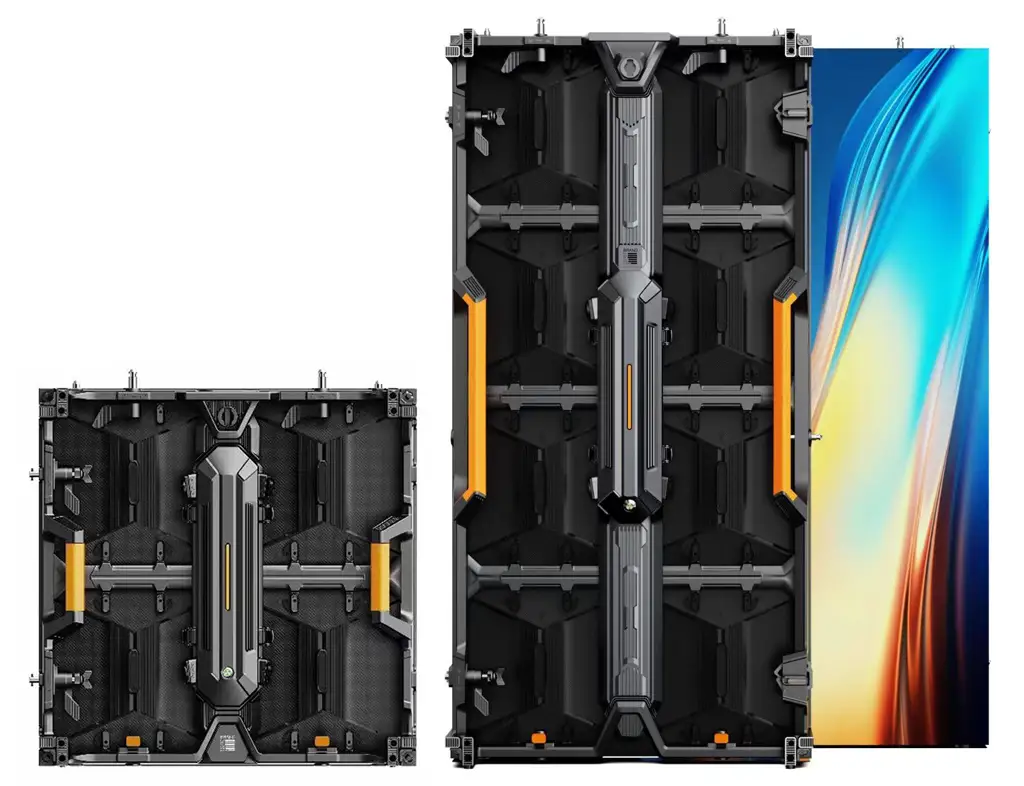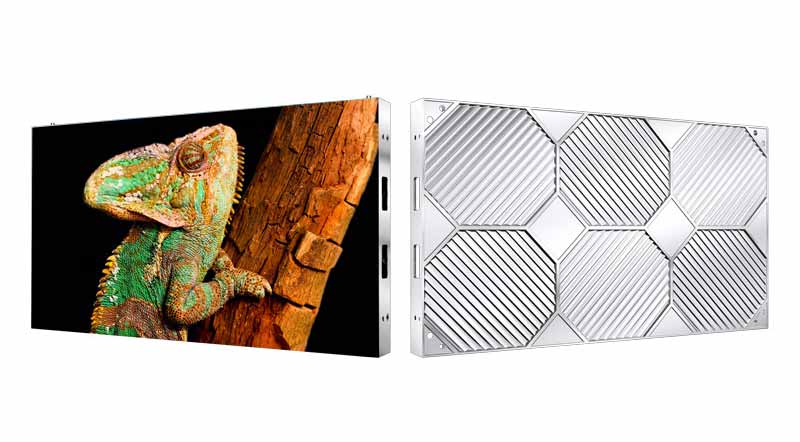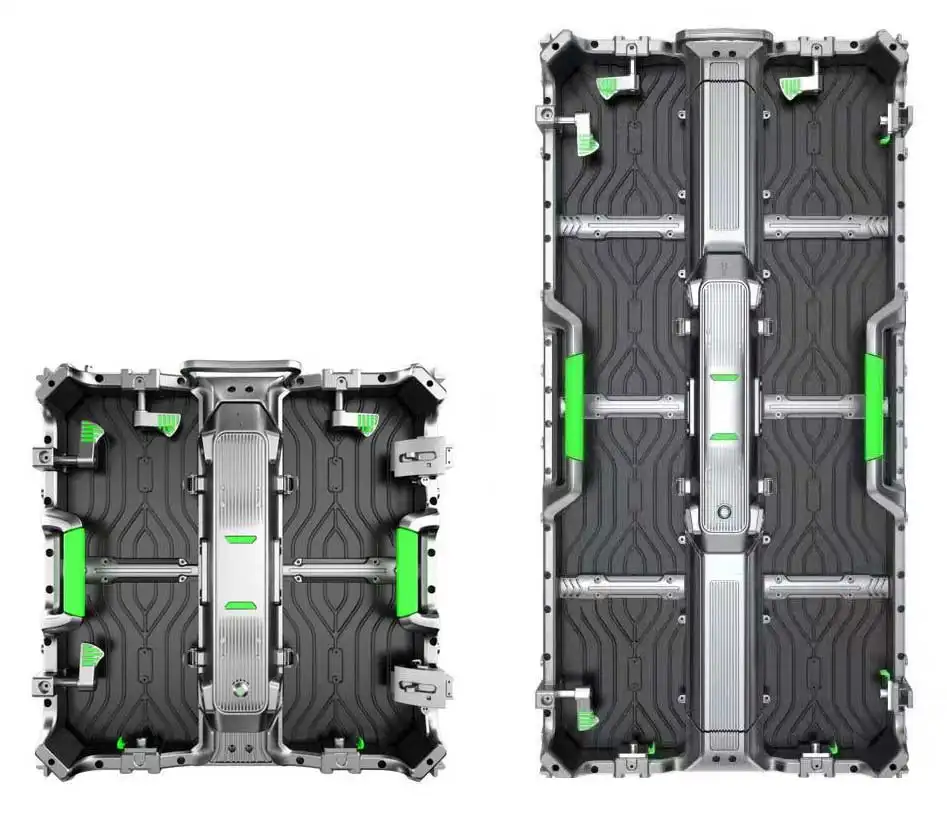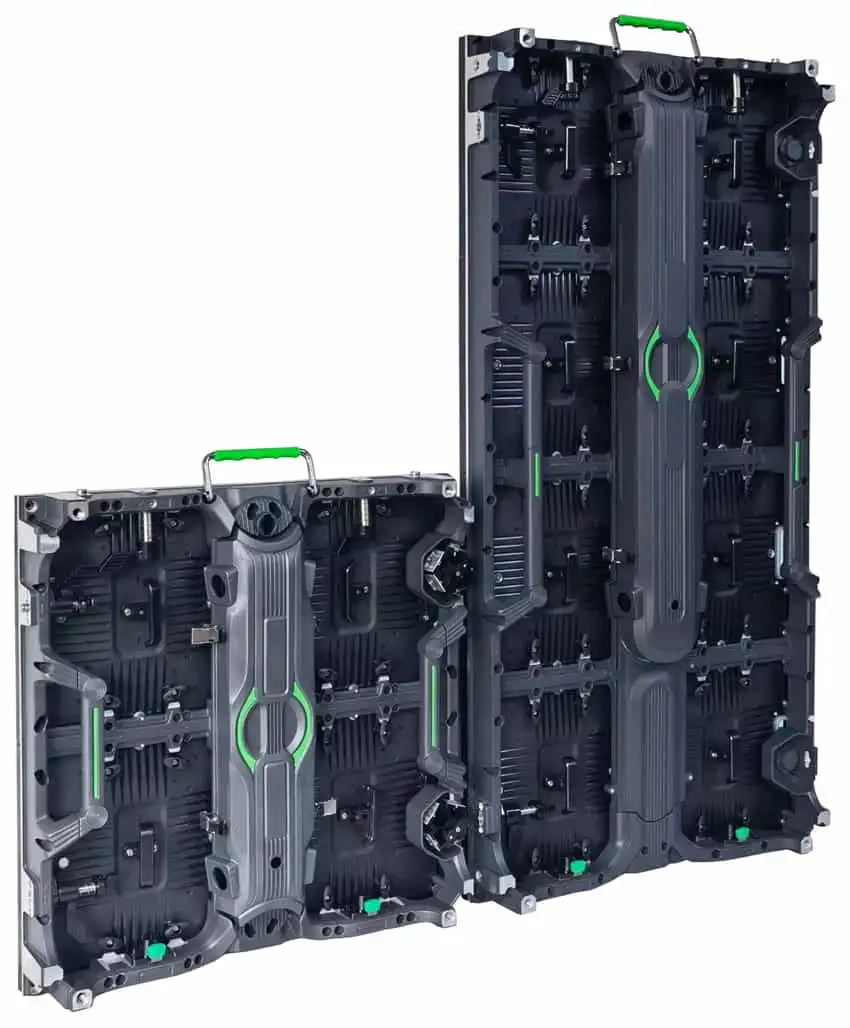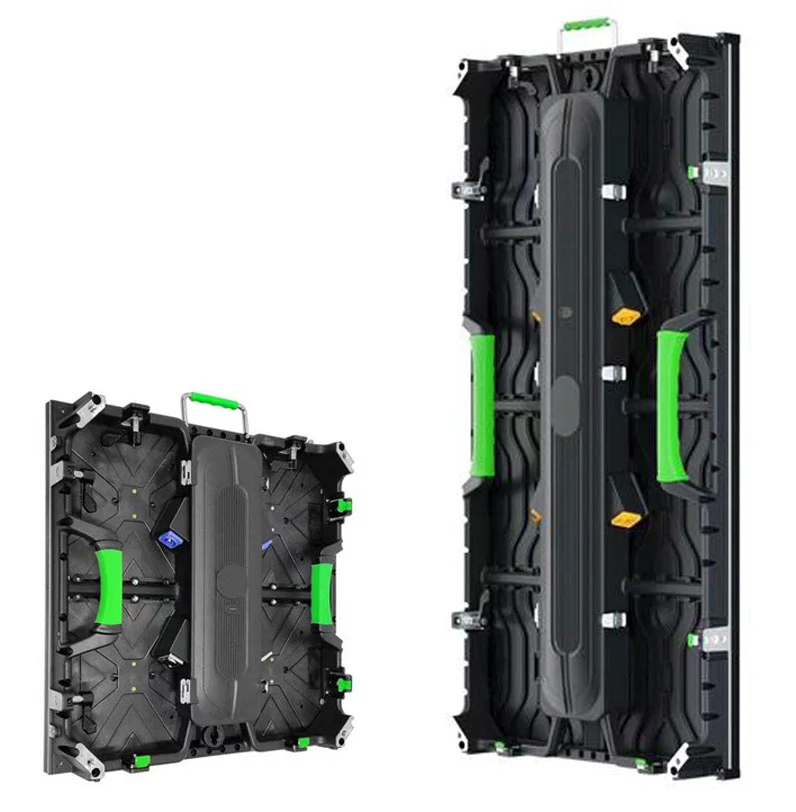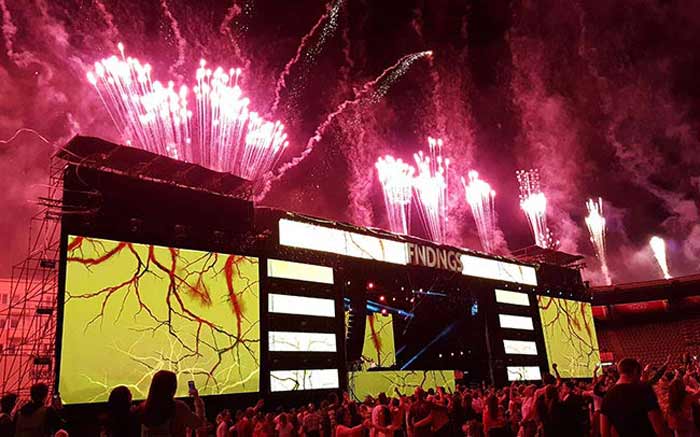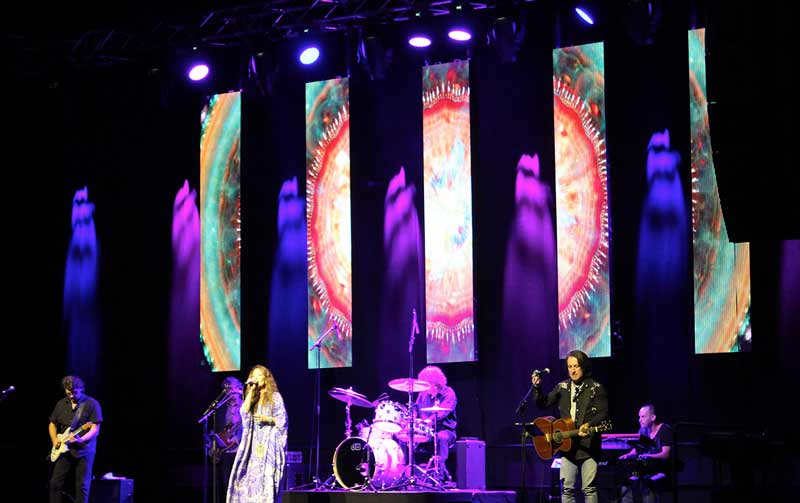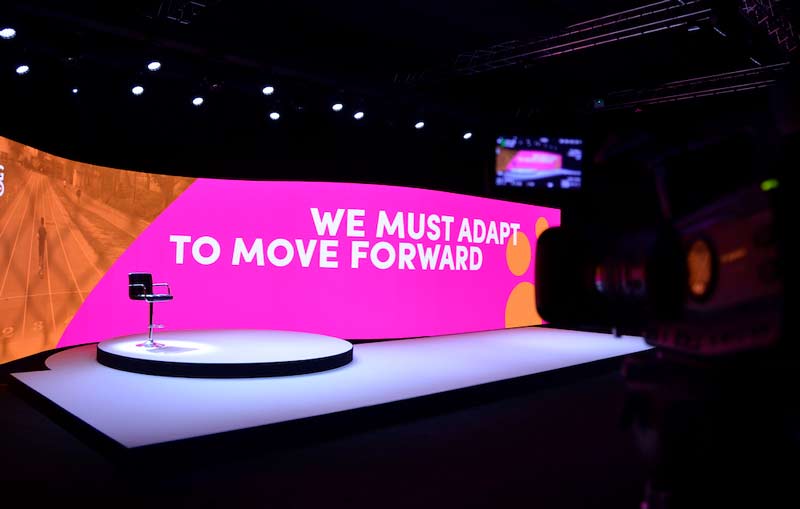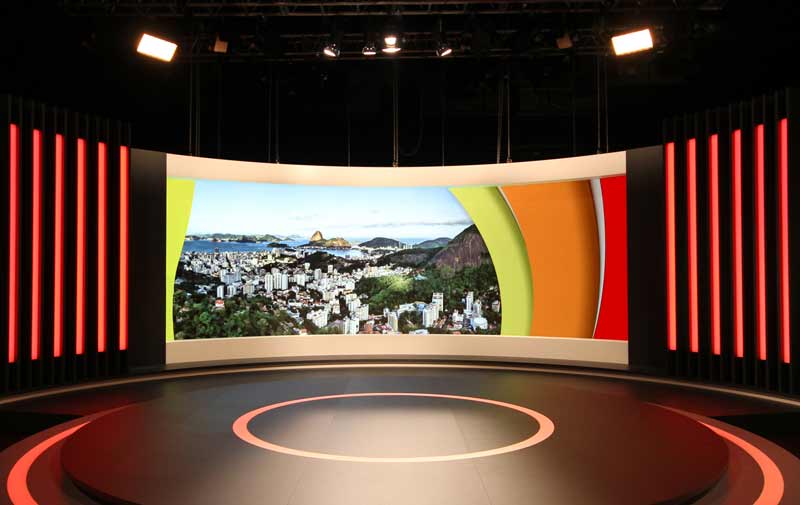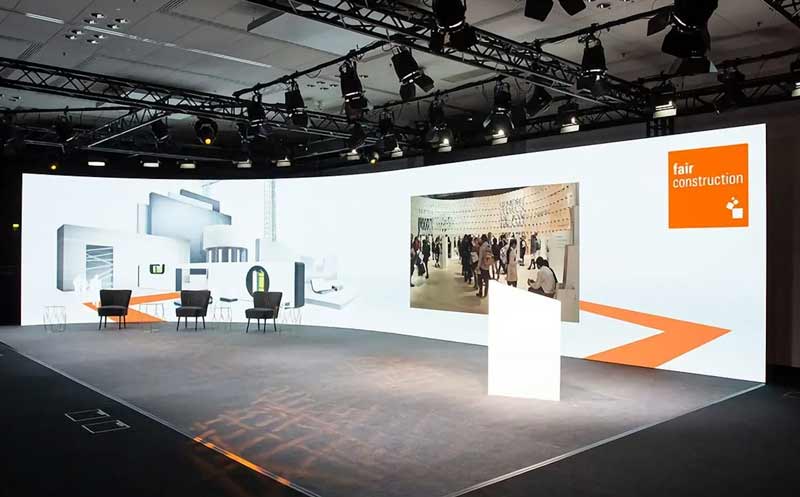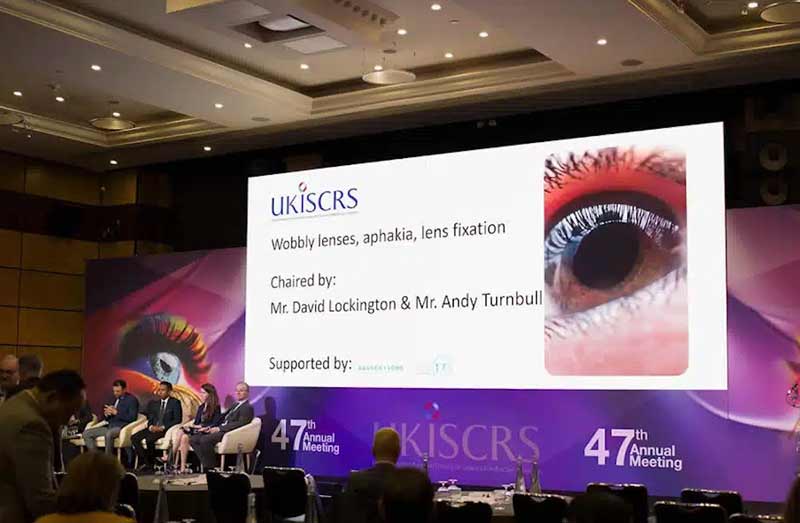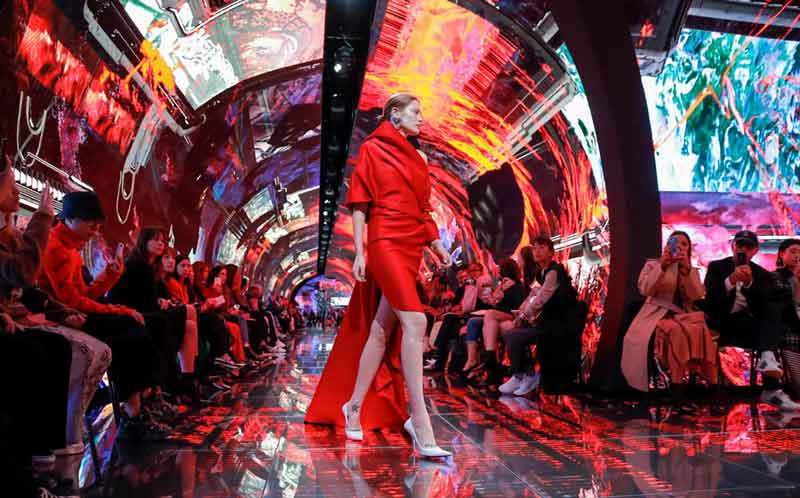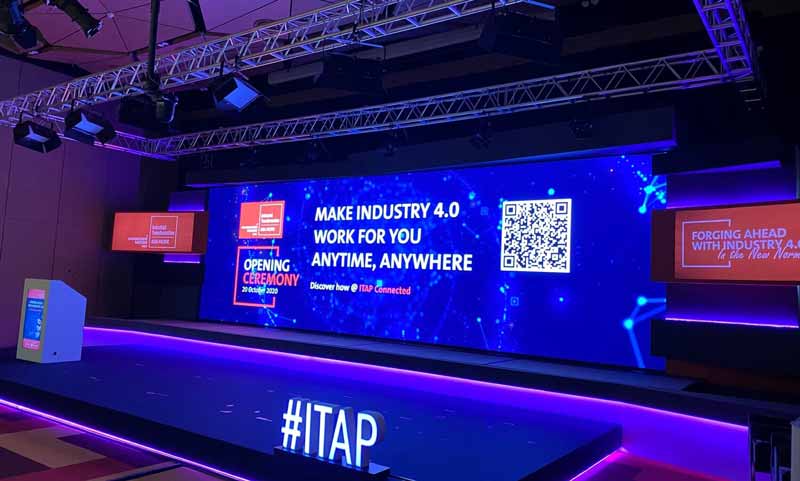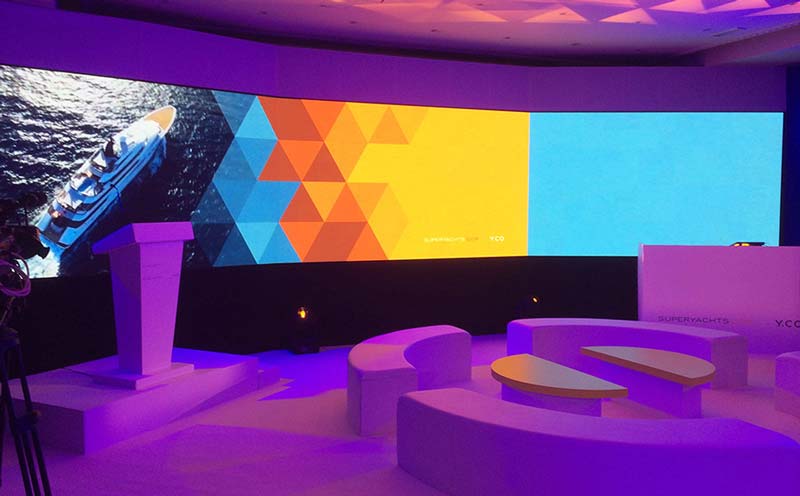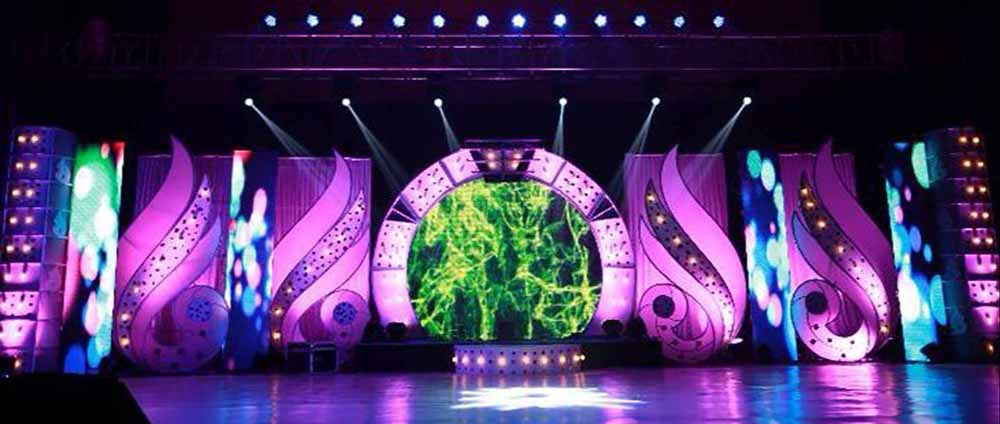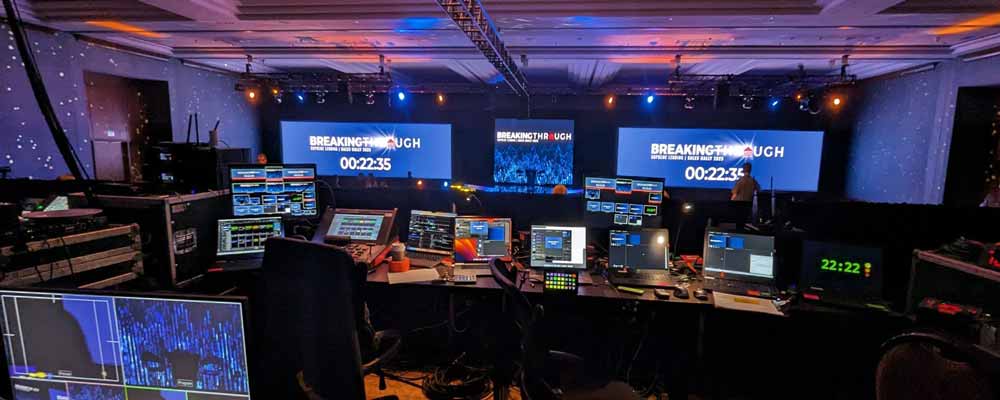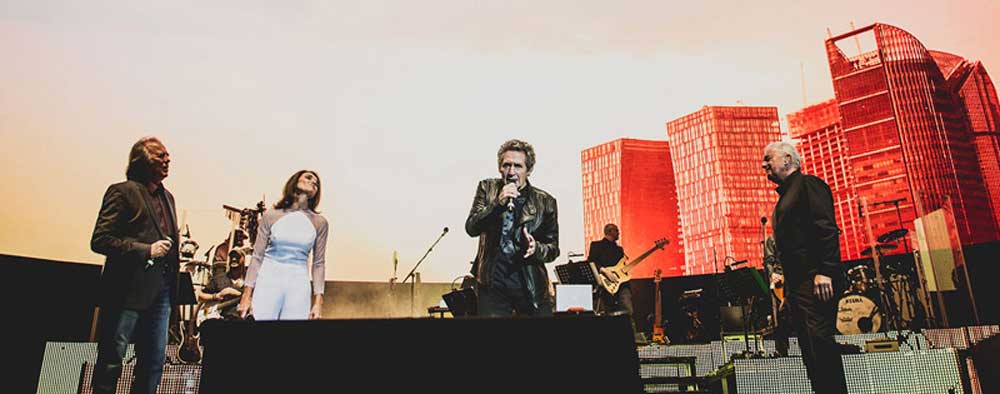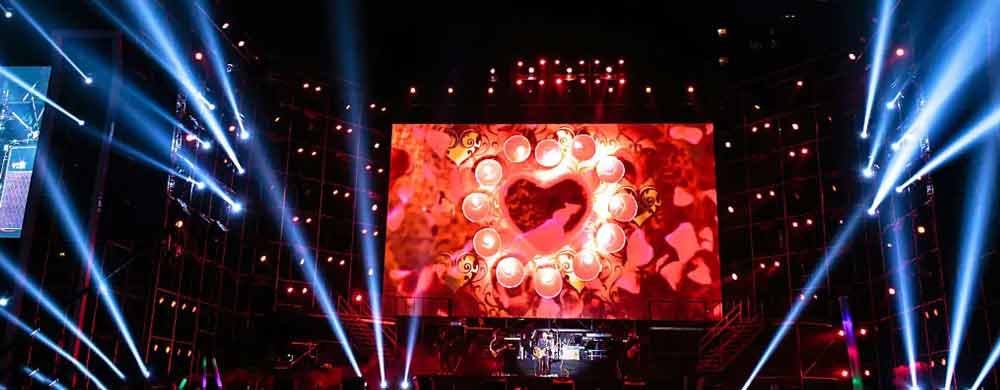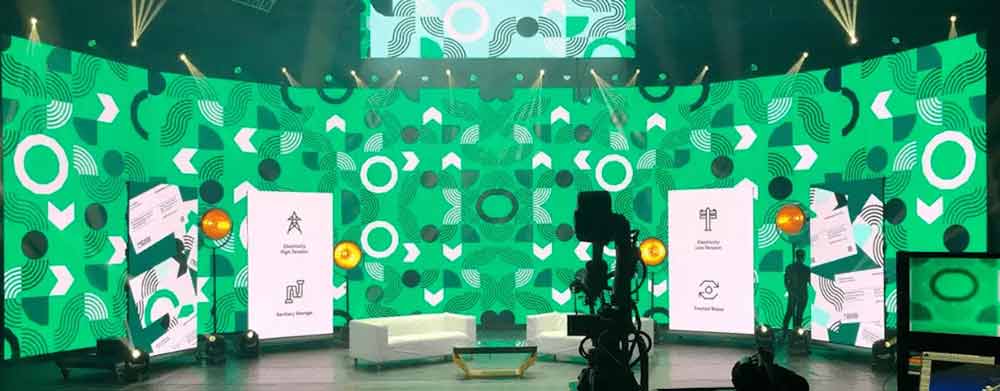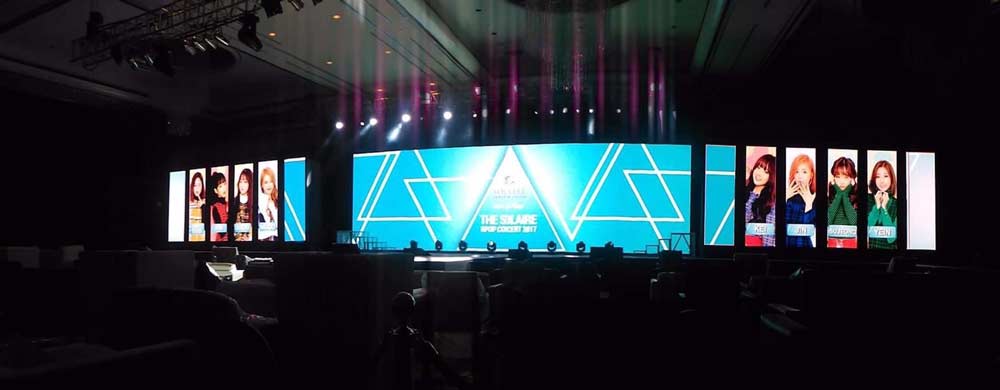LED Stage Screen Purchasing Guidance
Looking for a stage LED screen? You've come to the right place! Here, you'll find everything you need to know about purchasing stage screens for your events, concerts or churches.
Rest assured, the information provided is reliable and authentic, backed by our extensive experience in the event LED screen industry.
With over a decade of experience manufacturing and supplying LED screen for stage, we pride ourselves on delivering reliable products, unparalleled service, and innovative solutions to help you grow your business.
Chapter 1 What is LED Stage Screen?
An LED stage screen is a large display panel constructed with multiple LEDs that emit light when powered by an electric current. They are extensively used in both indoor and outdoor settings, enhancing events such as concerts, conferences, trade shows, exhibitions, and more with vivid visuals and dynamic displays.
Beyond their role in events and commercial applications, LED panel for stage is valued for its ability to deliver high brightness, clarity, and flexibility in displaying multimedia content. This makes them indispensable tools for modern communication and presentation needs, catering to a wide range of venues and audiences. Whether illuminating a concert stage or transforming a corporate event, stage LED video wall offers reliability and visual impact that elevate the experience for both organizers and viewers.
Chapter 2 Why Choose Stage LED Video Wall?
Stage video wall screens have numerous benefits compared to conventional display screens like LCD or plasma.
High Brightness & Vibrant Color: Stage LED video wall is renowned for its exceptional luminosity and vibrant color saturation, rendering it ideal for outdoor events and venues with enough illumination.
Flexibility & Creativity: They offer versatility in terms of size and shape, allowing them to be tailored to match any desired dimensions or configurations. This makes them particularly well-suited for innovative and distinctive stage designs.
Low Power Consumption: Stage LED wall exhibits a notable reduction in energy consumption as compared to alternative display screens, leading to decreased electricity expenses.
Durability: Stage LED video panels have exceptional durability due to their construction with robust materials, resulting in a significantly extended lifespan as compared to conventional display screens.
Chapter 3 What to Consider When Purchasing Stage LED Screen
When selecting stage LED video wall screen, consider crucial factors that impact their quality and performance: screen resolution, viewing angle, pixel pitch, refresh rate, brightness, contrast ratio, power consumption, and after-sales service. These variables determine clarity, viewing experience, motion smoothness, visibility in different lighting, efficiency, and ongoing support. Understanding these aspects helps in making informed decisions tailored to your needs and ensuring a valuable investment.
Brightness Level
To comprehend the significance of display brightness in stage screens, it is necessary to look into how brightness levels operate and their influence on the overall viewing experience.
Definition and Measurement
Display brightness refers to the amount of light emitted by the screen. The measurement is expressed in units known as 'nits' or 'candela per square meter (cd/m2)'. A nit is a unit of measurement that quantifies the brightness of a display. A higher nit number signifies a higher level of brightness.
Consequences of Different Brightness Levels
The optimal brightness level for stage LED screen varies considerably based on the lighting circumstances of the event. For an indoor event with controllable lighting, a brightness level of 500 to 1,500 nits may be sufficient.
Nevertheless, as the surrounding light intensifies, such as during partially outdoor gatherings or interior events with sunlight, the luminosity must be elevated to a range of 1,500 to 5000 nits. To ensure visibility of the display during outdoor activities in direct sunshine, a minimum brightness of 5,000 nits is necessary.
Insufficient luminosity can diminish the quality of the visual experience by causing the images and text to appear faded and devoid of contrast. Excessive brightness, however, can be harmful to the viewer's eyes, leading to discomfort, and in severe circumstances, even posing safety risks in low-light situations.
Optimal visibility and viewer comfort are contingent upon the capacity to control the brightness level of an LED stage screen panel. An optimal stage LED wall ought to be within the suggested range of brightness levels suitable for the specific lighting conditions, while also allowing for necessary adjustments.
Exceeding the acceptable brightness level range might increase production costs due to the need for additional electricity and the potential for a shorter screen lifespan.
Hence, it is imperative to maintain a harmonious equilibrium between achieving adequate luminosity for excellent visual experience and managing production expenses effectively.
Pixel Pitch
The image quality and viewing distance depend on pixel pitch. Pixel pitch is the distance (typically in millimeters) between two consecutive pixel centers. A narrower pixel pitch increases screen resolution and vice versa.
LED screen pixel pitch varies on viewing distance, screen size, and content resolution. When determining pixel pitch, consider viewing angle. A lower pixel pitch allows for a broader viewing angle, so viewers can still see the screen.
However, a bigger pixel pitch may limit viewing angle, thus the screen must be positioned properly. A LED video wall with at least 120° viewing angle is preferable. An excellent Cinstar cutting-edge LED display for stage has 160° viewing angle.
Resolution
When buying a stage LED screen, resolution is also important. Content clarity and sharpness depend on display resolution, or pixels. High resolution improves image and video quality.
Pixel count (Horizontal x Vertical) or pixels per inch (PPI) are used to measure resolution. You must remember that larger resolution does not necessarily guarantee better display. Screen size and viewing distance determine the best resolution.
Higher resolutions, including Full HD (1920×1080) or 4K (3840×2160), are recommended for viewing distances under 10 feet. This allows for closer observation of a more detailed and clearer image.
Lower resolution can provide great quality at distances over 10 feet. Choosing a lesser resolution like HD (1280x720) or SD (640x480) might be cost-effective while maintaining a clear image.
Content on the screen is also important. If the content is mostly text or graphics, a higher resolution may improve legibility. However, a lower quality may work for video or photos.
Refresh Rate
The refresh rate of stage screen is the frequency at which the image on the screen is updated every second. The frequency is quantified in Hertz (Hz) and can vary from 60Hz to 240Hz or higher. A greater refresh rate leads to enhanced motion fluidity and decreased blurring, particularly when seeing rapid movements like those in sports or action sequences. Nevertheless, a greater refresh rate can also lead to elevated eye strain for some viewers.
Cinstar stage LED wall screen is designed with high refresh rate 3840Hz to ensure the best image production and top visual enjoyment, creating more possibilities for our customers.
Contrast Ratio
The contrast ratio is a crucial consideration when purchasing stage screens. Luminance range is the term used to describe the disparity between the highest level of brightness and the lowest level of darkness that a screen is capable of showcasing.
A higher contrast ratio indicates the screen's ability to exhibit a greater number of discernible shades of gray between the colors black and white. This leads to a more intricate and elaborate image. The contrast ratios often found in stage display panels vary from 1,000:1 to 5,000:1.
A high contrast ratio is preferable for LED stage screen, as it enhances color depth and image quality, which are crucial for on-stage performances.
Dimension
The dimensions of stage screen display are also a crucial factor to take into account. While a larger screen may appear more spectacular, it is crucial to take consideration of the viewing distance.
An optimal screen size for a viewing distance of 10-20 feet would be in the range of 80-90 inches. For a larger venue with a viewing distance of 30 feet or more, a screen size of 120 inches or more would be appropriate.
Signal Inputs
The various input choices for stage LED screen can differ based on the type of event or production. Among the most popular signal input options are VGA, HDMI, and SDI. You must ensure that the stage screen offers input options that are compatible with the event's equipment.
Serviceability & Accessibility
Investing in LED screen for stage involves significant financial considerations, making maintenance and serviceability critical. Regular servicing by skilled technicians is essential to ensure optimal performance and swift repairs when needed. Choosing reputable manufacturers offering robust warranties and reliable customer support is equally important to safeguard your investment.
At Cinstar, we specialize in providing high-quality LED stage display tailored to diverse needs and budgets. Our expertise ensures you select the perfect LED screen for your business, upcoming events, or productions. Contact us today for personalized guidance in selecting the ideal LED stage solution that meets your specific requirements. Reach out to explore the best options available and enhance your visual display capabilities effortlessly.
Chapter 4 FAQs About Stage LED Display
How is stage LED screen used in events?
Stage LED screen is indispensable in modern events, offering vibrant visual displays that enhance audience engagement. Whether it's a concert, corporate event, conference, or trade show, stage LED display serves multiple purposes. They can display live performances, presentations, videos, and dynamic graphics, ensuring that all attendees have a clear view regardless of their seating location. LED screens are often integrated into stage designs to create immersive environments and amplify the impact of performances or presentations.
Can LED stage screen be used for both indoor and outdoor events?
Yes, LED screens for stage is versatile and can be used in both indoor and outdoor settings. For indoor events, they provide high-definition visuals with excellent brightness and color accuracy, making them suitable for conferences, exhibitions, and concerts held in controlled lighting environments. Outdoor stage LED video wall is designed to withstand various weather conditions, offering high brightness levels to combat sunlight and ensuring visibility from a distance. They are commonly used in festivals, outdoor concerts, sports events, and public gatherings where large audiences gather.
Do you offer customized LED stage screen rental solutions?
Absolutely, we provide tailored LED stage screen rental solutions to meet specific event requirements. Whether you need screens of varying sizes, specific pixel pitches for clarity, or unique configurations to fit complex stage designs, we offer customizable options. Our services include professional installation guidance, technical support, and on-site maintenance to ensure seamless operation throughout your event. With a range of LED panels and accessories available, we cater to diverse event needs, ensuring that your stage visuals are impactful and memorable.

